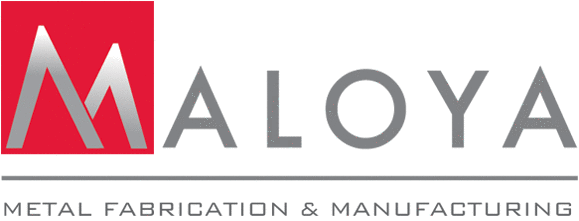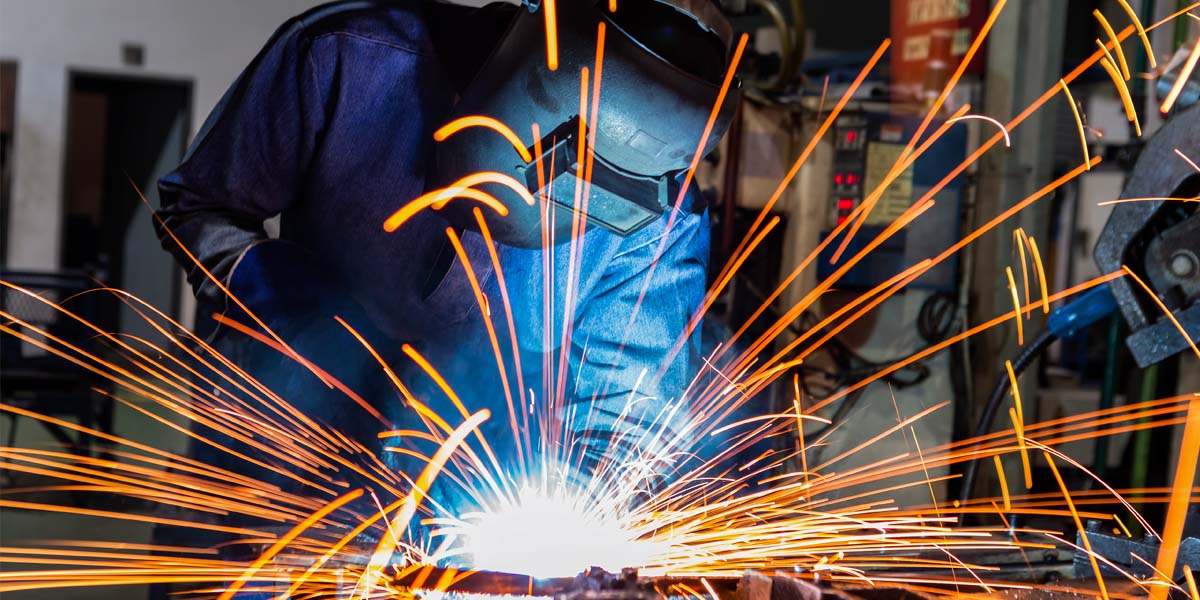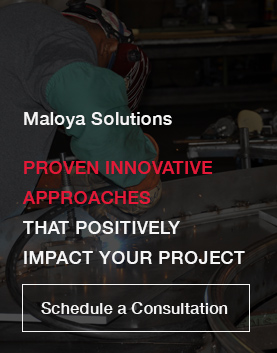Arc metal welding techniques are about as diverse as the finished products they create. Two arc welding techniques, however, stand out for their widespread applicability in industrial projects. Those techniques are MIG and TIG welding.
While both MIG and TIG metal welding use an electric arc to create welds, they differ in how they use that arc. MIG welding involves a wire that is constantly fed through the welding gun, producing a spark and melting to form the weld. TIG welding, on the other hand, typically employs handheld rod/wire which is manually fed into the torch arc and then flows into materials which are being joined. TIG can also be done without rod or filler metal and is referred to as fuse welding. This process is mostly used to join thinner material to minimize heat input.
If you’re wondering what their names refer to . . .
MIG stands for Metal Inert Gas welding.
TIG stands for Tungsten Inert Gas welding.
MIG vs TIG Metal Welding: Which technique is right for your project?
In terms of speed, cost-effectiveness, degree of difficulty, and wider-ranging applicability, MIG welding is often the superior choice. It can be used on a range of materials, including aluminum, stainless steel, and steel, and on range of thicknesses, from 26 gauge sheet metal (.020 inch thick) to heavy-duty structural plates.
Since the wire feed doesn’t act solely as an electrode but also as filler in the weld, MIG welding can also be used to weld different materials together, and do so more quickly, since it doesn’t necessitate heating the materials all the way. Since time equals money, faster means more affordable, making MIG welding often the more cost-effective welding technique.
When does TIG welding shine? TIG welding is the preferred process for projects that require fine, clean, beautifully crafted welds, particularly on thinner-gauge materials. Because the welder has greater control than with a MIG gun, TIG welding is best suited to more ornamental projects where quality is a higher priority than speed of completion.
No matter which welding technique is used, it’s always crucial to ensure that the conjoined materials will be able to withstand the expected stress conditions.
Maloya’s Metal Welding Capabilities
Maloya metal welders are highly skilled in both MIG and TIG welding. We require our technicians to be trained and experienced in both techniques. This ensures that they can properly advise our clients on which method is best for their project.
Furthermore, our technicians are ISO 9000 certified, meaning we’re authorized to weld for industries with the most demanding metal standards, such as aerospace, architecture, transportation, process machinery and so on. In all of these fields, accordance to precise welding specifications is highly critical. Maloya is proud to deliver welded materials that can be trusted even under the most extreme conditions.
Contact us today to get a quote.



.png?width=80&name=Untitled%20design%20(37).png)






